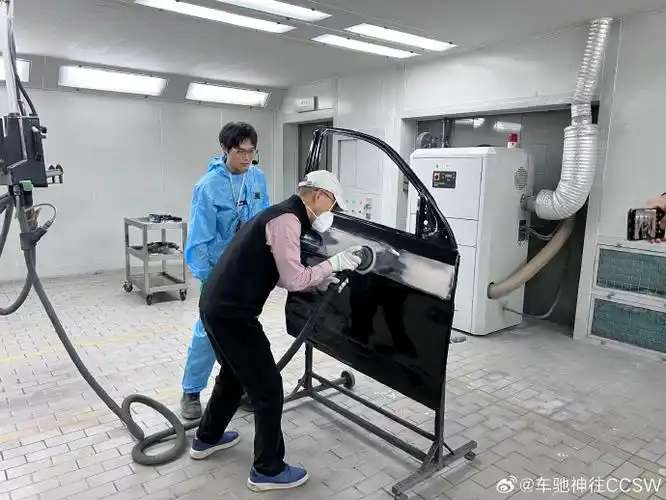
In the field of CNC machining, polishing, as a common surface treatment process, is widely used to improve the surface finish of workpieces. However, while bringing benefits, it also has some shortcomings.
One of the notable drawbacks is the potential impact on dimensional accuracy. During the polishing process, a certain amount of material is removed from the surface of the workpiece. If the polishing parameters are not properly controlled, such as excessive polishing time or excessive pressure, it may lead to excessive material removal, resulting in deviations from the designed dimensions of the workpiece. This is particularly critical for parts with high precision requirements, as even a small dimensional error can affect the assembly and performance of the entire product.
Another disadvantage is the increase in production costs. Polishing is often a labor-intensive or time-consuming process. Manual polishing requires skilled workers, which increases labor costs. Even with automated polishing equipment, the investment in equipment, maintenance, and the consumption of polishing materials (such as abrasives and polishing pastes) all add to the production expenses. For mass-produced parts, this cost increase can be quite significant.
Moreover, polishing may cause changes in the surface properties of the workpiece. In some cases, excessive polishing can lead to work hardening of the surface layer of the material, making the surface brittle and reducing its toughness. This can have adverse effects on the service life and reliability of the workpiece, especially in applications where the part is subject to frequent mechanical stress or impact.
In addition, polishing is not suitable for all materials and workpiece shapes. For example, for workpieces with complex internal structures or narrow and deep grooves, it is difficult to achieve uniform polishing, resulting in uneven surface quality. Some brittle materials, such as certain ceramics, may even crack or chip during the polishing process due to the applied force.
To address these shortcomings, several processing methods can be adopted. For the issue of dimensional accuracy, it is crucial to formulate a reasonable polishing process plan. Before polishing, conduct precise measurement of the workpiece to determine the appropriate amount of material to be removed. During polishing, use advanced detection equipment to monitor the dimensions in real-time and adjust the polishing parameters promptly.
In terms of reducing production costs, automated polishing systems can be promoted. Automated equipment can improve polishing efficiency, reduce labor input, and ensure consistent polishing quality, thereby lowering the average cost per workpiece. Additionally, optimizing the selection of polishing materials and reusing them appropriately can also save material costs.
For the problem of surface property changes, selecting suitable polishing methods and parameters is essential. For materials sensitive to work hardening, a gentler polishing process, such as chemical polishing or electrolytic polishing, can be used, which removes material through chemical reactions or electrochemical processes with less mechanical force, reducing the risk of work hardening.
Regarding the difficulty in polishing complex-shaped workpieces, targeted polishing tools and processes can be designed. For example, using small-sized polishing heads or flexible polishing tools that can adapt to the shape of the workpiece to ensure that all surfaces can be uniformly polished. For brittle materials, strictly control the polishing force and speed, and pre-treat the workpiece if necessary to improve its toughness.
In conclusion, although polishing in CNC machining has some shortcomings, through scientific process design, reasonable selection of equipment and materials, and targeted improvement measures, these problems can be effectively mitigated, making the polishing process better serve the production of high-quality workpieces.